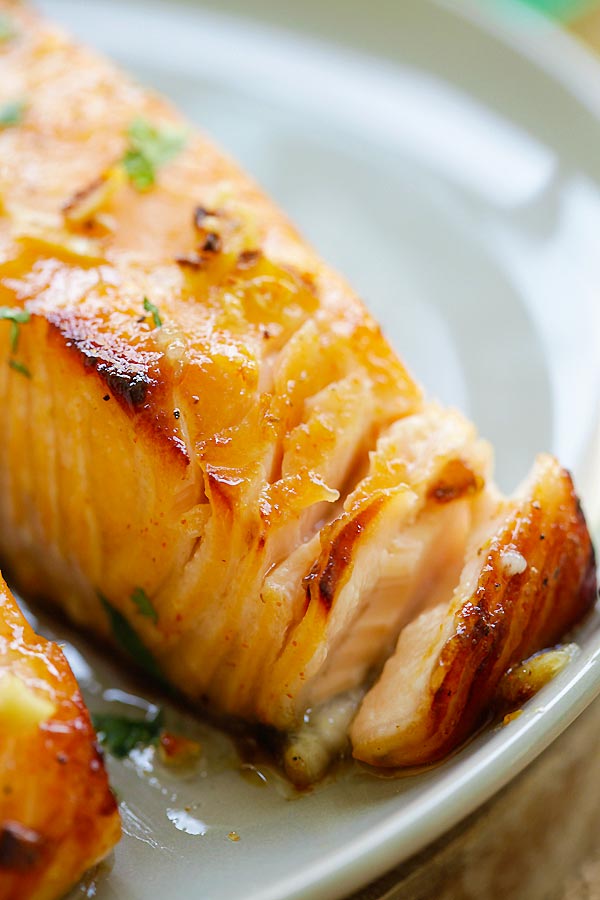

When buying unpackaged cooked seafood, make sure it is physically separated from raw seafood.Take these steps to avoid cross-contamination: When preparing fresh or thawed seafood, it’s important to prevent bacteria from raw seafood from spreading to ready-to-eat foods. Use a refrigerator thermometer to check! Otherwise, wrap it tightly in plastic, foil, or moisture-proof paper and store it in the freezer. If seafood will be used within 2 days after purchase, store it in a clean refrigerator at a temperature of 40☏ or below. Put seafood on ice or in the refrigerator or freezer soon after buying it. Avoid packages where the “frozen” fish flesh is not hard.Avoid packages with signs of frost or ice crystals, which may mean the fish has been stored a long time or thawed and refrozen.Don’t buy frozen seafood if its package is open, torn, or crushed on the edges.They spoil rapidly after death, so only live crabs and lobsters should be selected and prepared.įrozen seafood can spoil if the fish thaws during transport and is left at warm temperatures for too long before cooking. Check for Leg Movement: Live crabs and lobsters should show some leg movement.If they don’t close when tapped, do not select them. Do a “Tap Test”: Live clams, oysters, and mussels will close when the shell is tapped.
#SALMON DONE TEMP CRACKED#


Always check the indicators when they are present and only buy the seafood if the indicator shows that the product is safe to eat. Some refrigerated seafood may have time/temperature indicators on their packaging, which show if the product has been stored at the proper temperature.Shrimp, scallop, and lobster flesh should be clear with a pearl-like color and little or no odor.Fish fillets should display no discoloration, darkening, or drying around the edges.The flesh should spring back when pressed. Fresh fillets should have firm flesh and red blood lines, or red flesh if fresh tuna. Whole fish should have firm flesh and red gills with no odor.A fish’s eyes should be clear and shiny.Fish should smell fresh and mild, not fishy, sour, or ammonia-like.The following tips can help you when making purchasing decisions: Because the color of a fish can be affected by several factors including diet, environment, treatment with a color fixative such as carbon monoxide or other packaging processes, color alone is not an indicator of freshness. Only buy fish that is refrigerated or displayed on a thick bed of fresh ice (preferably in a case or under some type of cover).


 0 kommentar(er)
0 kommentar(er)
